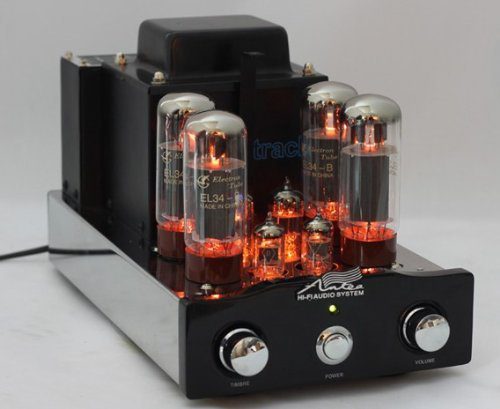A tube amplifier (amps) has vacuum tubes and valves that send electrical signals through the musical instrument it is connected to. This is typical for electric guitars and basses, which produce electromagnetic signals with the stroke of a pick. These signals pass through the preamp tubes and power tubes inside an amplifier to produce a sound that exits a speaker.
Among other amplifiers, tube amps are best suited to add tonal coloration to a musical instrument’s sound. They make any instrument’s sound smoother, clearer and warmer. The euphonic distortions tube amps help make music sound amazing in quality.
For any new instrument, a learner must first learn to keep up with its maintenance. Most instruments and their counterparts are delicate and require constant upkeep. Even with tube amps, certain do’s and don’ts need to be kept in mind to maximize their efficiency. Here are a few of those care tips for our readers:
Table of Contents
Tube Amp Do’s
Warm-up Before Use
Tube amps are sensitive equipment pieces that cannot be dealt with impatiently. Before you start using the amp, make sure to keep it on stand-by mode for a while. Most amps have a separate power source. Therefore it is advised to turn it on a few moments before the instruments are used.
Keep Impedance in Check
Amp impedance and loading are very important features that need to be closely navigated. Always make sure to balance the impedance selected and the cabinets that you use. Always keep in mind not to keep the impedance too low when using several speakers in parallel.
Use Quality Speaker and Signal Leads
The speaker and signal leads need to be of top-notch quality and checked regularly to maintain the quality of the amps. The ¼ inch connectors usually short out when they’re plugged or unplugged. Therefore to avoid that, you must always first connect it to the cabinet before the amp.
Use Headphones for Soundcheck
Headphones usually offer a stronger and wider frequency than computer speakers. The highs sound higher, and the base is much deeper on headphones for guitar amps. If you want to test the validity of how important this is, test the sound on computer speakers and then headphones. You’ll see a clear difference that can help you pinpoint and make notes of your performance.

Tube Amp Don’ts
Never Mix Tube Types
When replacing the output tubes, never replace a single one but the whole set. If you don’t want to replace all the, make sure you use the same type for replacement. EL34 tubes, 5881 or 6L6 tubes must all be replaced with the exact same ones. The pins on the baseline must always be aligned and fit the amplifier as well.
Never Store in Damp or Humid Places
Your amp must never be kept for storage in an overly damp or humid area. Garages or greenhouses are the kinds of spaces that can cause irreparable damage to the speakers. Make sure your space of storage is dry with good ventilation.
Throw them Around Carelessly
The tubes and sockets accompanying tube amps are not cut out for excessive shock. Make sure never to throw or drop off your amp system carelessly in the back of your car or someplace else. Tube amps won’t withstand that kind of treatment even if they’re enclosed in padded road cases.
Move it Around Without Letting it Cool Down
Tube amps need to be cooled down 15-20 minutes before being powered off to shift places. Not giving it a chance to cool down and placing it in an enclosed case can disrupt the quality of the equipment.
Conclusion
Musical instruments are, in most cases, sensitive and quite costly. Once you invest a good amount in buying a tube amp, make sure to get your money’s worth by maintaining it to its maximum. If maintained well by following the above care instructions, a tube amp will accompany you well for years to come.
The maintenance do’s and don’ts mentioned above are not hard or complicated to follow. Any music enthusiast should have an easy enough time maintaining their tube amps well. Once kept well, tube amps are known to perform better than any other type of amplifier system.
Featured Image by MH Rhee from Pixabay


![Read more about the article How to Protect Your Kids Online [The Non-Techie Guide]](https://lifeyourway.net/wp-content/uploads/2019/06/Protect-Your-Kids-Online-300x199.jpg)

